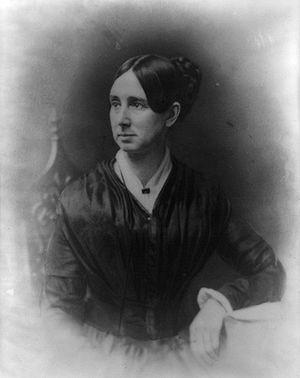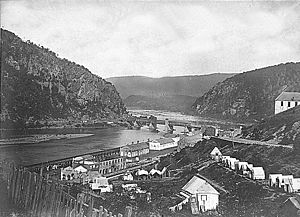 Image via Wikipedia Image via Wikipedia |
| Stone Bridge over Bull Run |
- Third session of Confederate Congress convenes in Richmond, Virginia, having moved from Montgomery, Alabama. /1861
- Around Manassas Junction, Virginia, troops begin to mass. US Gen. Irvin McDowell has 1,300 men near Sudley Ford on Bull Run, a creek running by Manassas. Other Union troops travel by the Stone Bridge over Bull Run. Joseph Johnston's 1,400 Confederate troops, fresh from Shenandoah Valley join Jackson’s 2,500 and P.G. T. Beauregard’s at Manassas, yet problems have arisen in the transport of the troops. The troop train broke down, nearly defeating the Confederate army. The tension is high, and an ominous stillness hangs in the hot July air./1861
- The New York Tribune compares Peace Democrats to the venomous Copperhead snake, which strikes without warning. During the War, Northerners who advocated a negotiated settlement with the South become known as Peace Democrats or Copperheads./1861


























